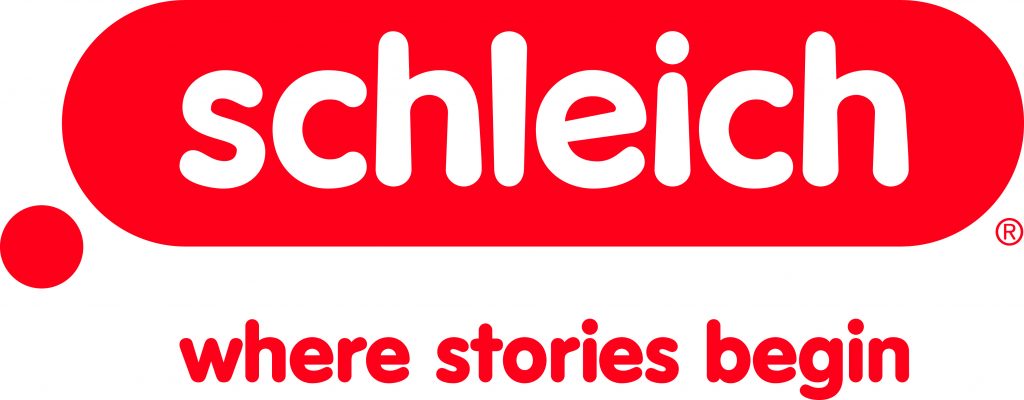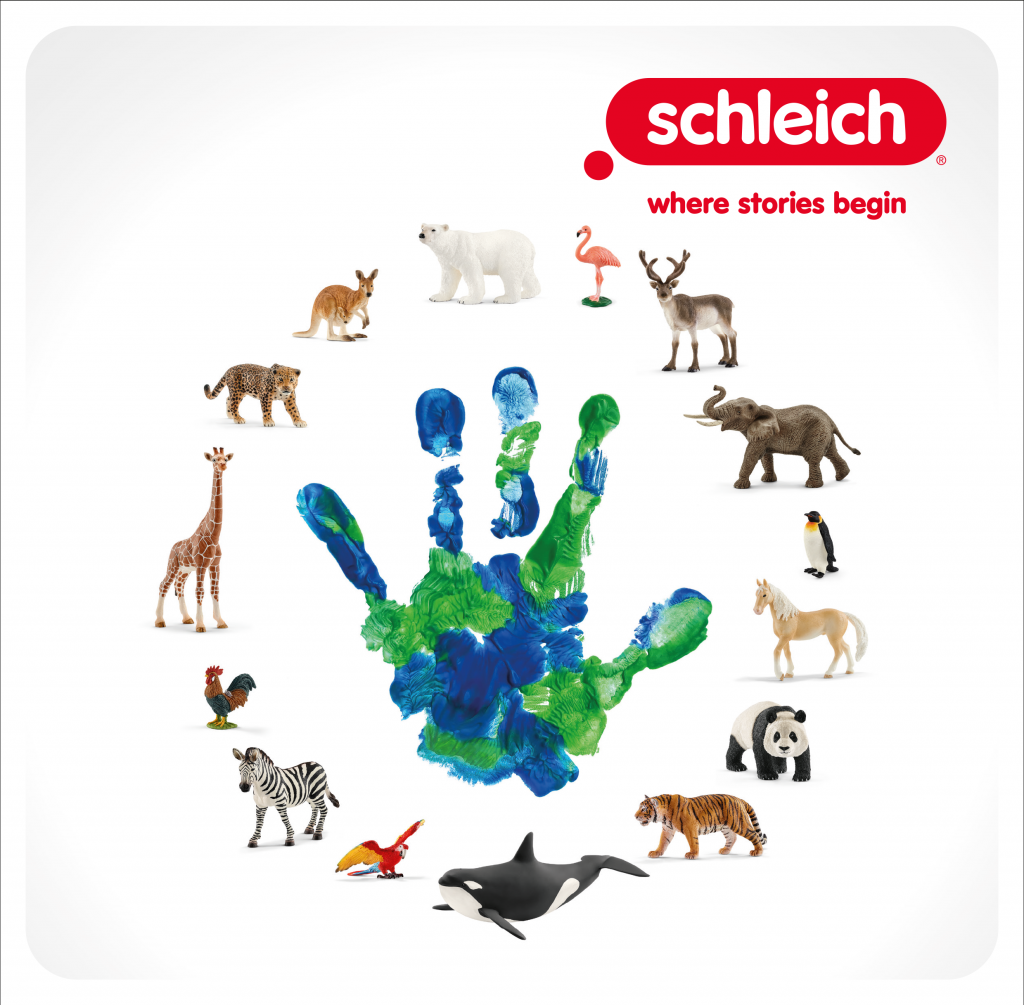Toy manufacturer, Schleich, seeks to make all figurines recyclable or biodegradable by 2027
629

“We strive to use only sustainable materials“:
In five years, Schleich figurines will be recyclable or biodegradable.
Additionally, the company seeks Cradle to Cradle® certification by 2027 and is working on finding recycled or bio-based materials.
Munich, 17 November 2022 | The toy manufacturer Schleich has set itself the goal of producing its toys in a more sustainable way. “We strive to use only sustainable materials. As a first step, by the end of 2027 all our figurines will be recyclable or biodegradable. Also, we are working hard at finding recycled or bio-based material for the future production of our toys”, explains Schleich CEO Dirk Engehausen. In addition to that and to ensure that resources are reused over and over again, Schleich is optimizing and certifying its products and packaging in accordance with the Cradle to Cradle® circular economy principles by end of 2027. This means, among other factors, that Schleich figurines are recycled without loss of material quality. The first measurable successes are already visible in the reduction of plastics in packaging. The holistic sustainability strategy also focuses on getting children excited about nature and animals through free play.

Dad already had the Schleich lion, the Schleich sheep came from Mom and the Tyrannosaurus Rex was inherited from Uncle Michael: People have been handing down long-lasting and timeless Schleich figurines for many decades now. This longevity significantly reduces the carbon footprint of the toys. „But we can’t rest on our laurels. We’re conducting research into long-lasting materials that conserve resources, making our packaging more sustainable and shortening our supply chains“, says Dirk Engehausen. In future, products will primarily be made in the places where they are sold.
The goal is to make each individual area of the company even more sustainable, from the production of the figurines all the way through to sales and distribution. Schleich is collaborating with the consultancy institute and innovation partner EPEA GmbH, which will support the company on the path of having its figurines and packaging Cradle to Cradle®-certified by 2027. „Rigorously applying the Cradle to Cradle® design principles means that a Schleich dinosaur can ideally be made into another Schleich dinosaur – or a lion, horse or unicorn, instead of a product with less material quality” says Dr Philipp Hummel, Head of Sustainability at Schleich. Initial prototypes that meet the high safety standards required for children’s toys already exist. “In addition to materials and production conditions, we’re also focused on issues of social fairness in terms of our sites and partners.”
Visible results: significantly less plastic and water-based paints
All Schleich packaging will be recyclable by no later than 2025. But already today, children and parents can see the first successes: Compared to 2020, the company has reduced plastic in all its packaging by around 20% and replaced components with recycled and recyclable materials. For example, from 2022 onwards, the inside of the Schleich Advent Calendar will be made of cardboard. This will save almost 40 tons of plastic each year. And there has also been great progress in the area of paints: „We began using water-based paints on our products in 2022. Together with our partners, we’re also developing a paint that will be Cradle to Cradle®-certified,” explains Dr Philipp Hummel.
Getting children excited about animal and nature conservation through play
Children are born storytellers. With them, anything is possible. Elves play in the mud, lions are best friends and sheep dance in the rain. Children learn new things about nature and animals by playing with the highly detailed, realistic figurines made by Schleich and let their imagination run wild. Schleich is investing in initiatives that broaden children’s knowledge and promote lifelong learning where sustainability is concerned. To this end, Schleich is collaborating with the American Montessori Society in the USA and providing video courses and content for teachers. What’s more, Schleich has been cooperating with National Geographic Kids since 2021, with the aim of getting children interested in animal and nature conservation through play.
About Cradle to Cradle®/EPEA GmbH
Cradle to Cradle® is a design principle developed in the 1990s by Professor Michael Braungart, William McDonough and EPEA Hamburg. It stands for innovation, quality and good design. It describes the safe and potentially infinite circulation of materials and nutrients in cycles. All materials are chemically harmless and recyclable. Waste as we know it today and which is generated according to the pre-existing “take-make-waste” model will no longer exist, only useful nutrients. EPEA GmbH was founded in Hamburg in 1987 by Professor Michael Braungart and is an international innovation partner for environmentally-friendly products, processes, buildings and urban districts.
About Schleich GmbH
Founded in 1935 by Friedrich Schleich in Schwäbisch Gmünd, Schleich today is one of Germany’s largest toy manufacturers and a leading international supplier of realistic animal figurines. The famous figurines and playsets made by the brand schleich® are sold in more than 60 countries and have become a beloved feature in children’s rooms around the world. As a global player with Swabian roots, Schleich GmbH now generates more than half of its turnover outside of its German home market. In 2021, Schleich generated worldwide sales of 255 million euros and sold around 40 million animal figurines. The company is in the process of a comprehensive sustainability transformation. As a first step, by the end of 2027 all figurines will be recyclable or biodegradable. Also, Schleich is working hard at finding recycled or bio-based material for the future production of its toys. In addition to that and to ensure that resources are reused over and over again, Schleich is optimizing and certifying its products and packaging in accordance with the Cradle to Cradle® circular economy principles by end of 2027. The company is majority-owned by the Partners Group, a global private markets investment manager.




